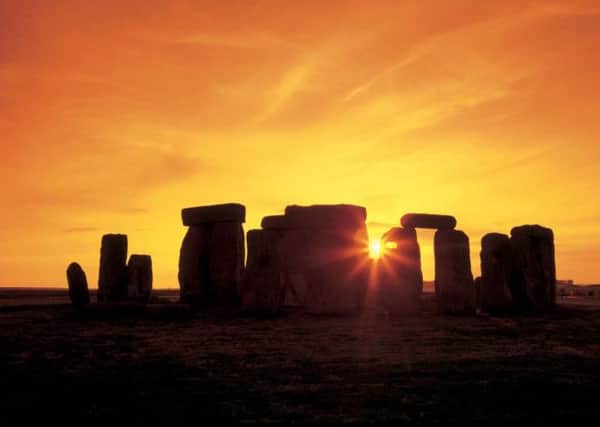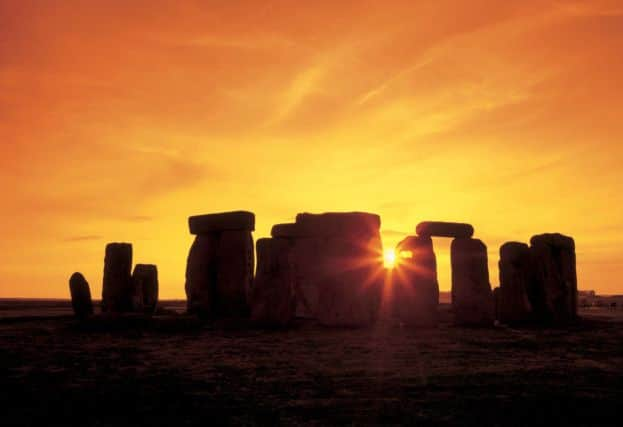Stonehenge gives up its secrets after 5,000 years


Bradford archaeologists have been part of an international research team that has uncovered a host of previously unknown archaeological monuments around Stonehenge.
Using hi-tech methods of scanning below the Earth’s surface, researchers have uncovered 17 ritual monuments around the site, along with dozens of burial mounds – all of which have been mapped in minute detail.
Advertisement
Hide AdAdvertisement
Hide AdMost of the monuments, which date back 6,000 years, are merged into the landscape and invisible to the casual eye.


Researchers from the University of Bradford are partners in the four-year project, which is led by the University of Birmingham and the Ludwig Boltzmann Institute for Archaeological Prospection and Virtual Archaeology, in Austria.
It is the largest geophysical survey ever undertaken, covered an area of 12 square kilometres and penetrated to a depth of three metres.
Dr Chris Gaffney, Bradford University’s Head of Archaeological Sciences said: “The Stonehenge Hidden Landscapes project is the pinnacle of a recent trend to apply new and rapid technologies to collect accurate non-invasive data for mapping our buried heritage.
Advertisement
Hide AdAdvertisement
Hide Ad“In many respects, the Stonehenge project goes far beyond any other project – both in the complexity of the data sets generated but also in the immense impact it will have on our understanding of Britain’s greatest and best-known archaeological site.”
The team has also uncovered new information on other monuments, including the Durrington Walls ‘super henge’, a vast ritual monument of more than 1.5 km in circumference which is situated a short distance from Stonehenge. Hundreds of burial mounds, and settlements from the Bronze Age, Iron Age and Roman period have also been surveyed at a level of detail never previously seen. Together, the results show how new technology is reshaping how archaeologists understand the landscape of Stonehenge and its development over a period of more than 11,000 years.
British project leader Professor Vincent Gaffney, Chair in Landscape Archaeology and Geomatics at the University of Birmingham, and Chris Gaffney’s brother, said: “This is going to change how we view Stonehenge. It is not yet another find from Stonehenge, it’s a fundamental step forward in the way we understand it.”
He said the project revealed that the area around Stonehenge was “teeming with previously unseen archaeology”.
Advertisement
Hide AdAdvertisement
Hide AdProf Gaffney added: “New monuments have been revealed, as well as new types of monument that have previously never been seen by archaeologists. All of this information has been placed within a single digital map, which will guide how Stonehenge and its landscape are studied in the future. Stonehenge may never be the same again.”
The project will be featured in the BBC Two series, Operation Stonehenge: What Lies Beneath, which is due to be broadcast at 8pm tomorrow.